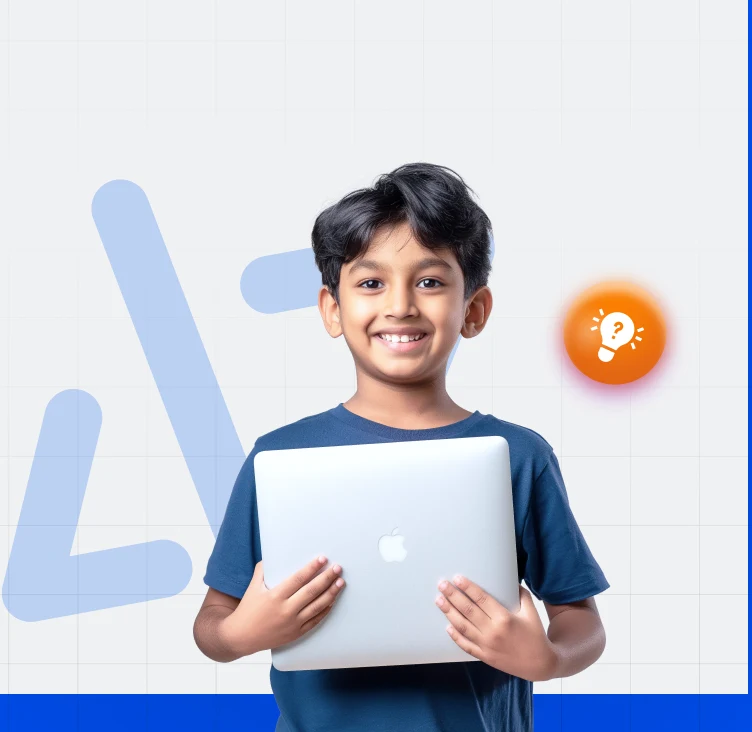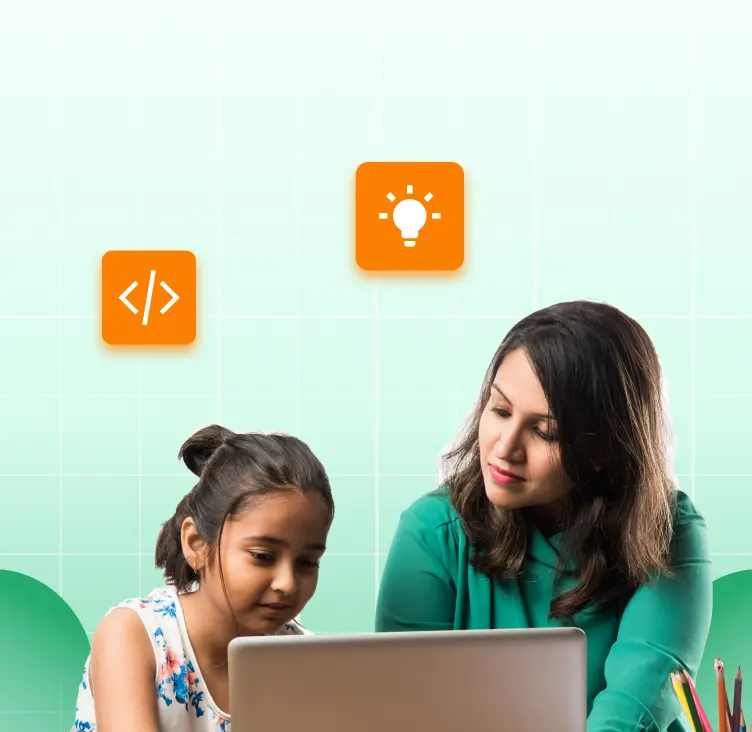Ever wondered how the magical world of websites comes to life? Well, it’s all thanks to web development! In today’s digital era, understanding the ABCs of web development can give your kiddos a head start. Today, kids are interacting with various games, websites, and platforms from an early age.
They become naturally curious about the origins of such websites. So, making them familiar with the process of creating such websites will help kids become comfortable with the technology, enhance their intellect, and feed their curiosity to know things. Consequently, it is becoming increasingly important for children to have a solid foundation in web development in today’s digital age. With the changing education system and future job prospects, aware parents like you have already started equipping their kids with key modern skills.
So, how to introduce web development to our kids? Worry not. In this guide, we’ll explore the importance of teaching web development to kids, introduce them to the basics of web development, and provide tools and resources that can help them learn and excel in this field.
You can teach web development to your kids by following the following steps:
1. Creating awareness about web development
2. Introducing the key tools and languages used in web development
3. Supplement learning with online resources, platforms, books and videos
4. Involving your kids in fun, beginner-level projects
5. Ensuring a safe and healthy learning set-up
6. Encouraging kids to maintain consistency and perseverance
Let’s explore each part of the one-stop guide to help answer all your questions regarding teaching web development to your kids.
What is Web Development?
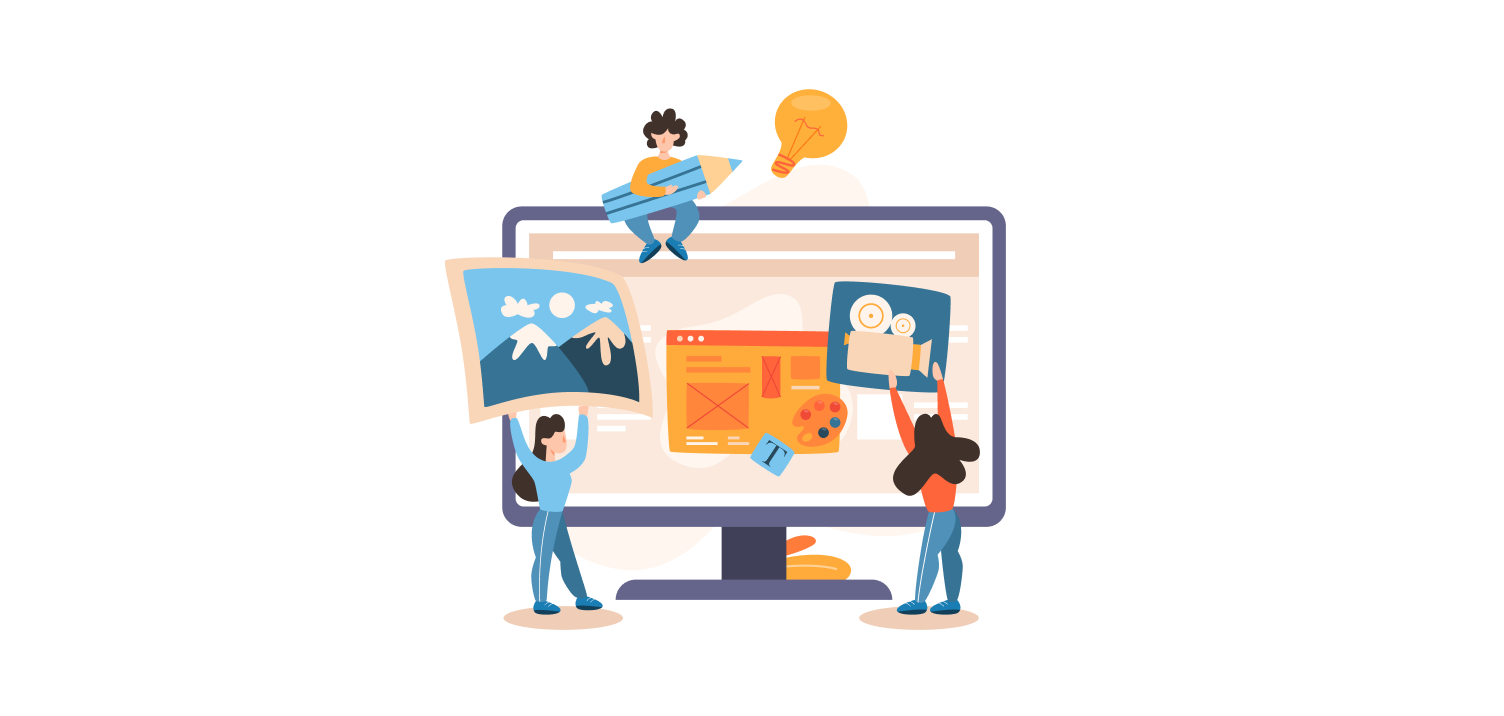
Web development is fun. So is web design. Hold on, isn’t web development the same as web design? Nope! They are two very different things. While web design focuses on aesthetics and user interface, web development is the core structure. Think of it like a car: web development is the engine under the hood, while web design is the shiny car exterior.
Now that we have understood what web development is, let’s know more about the two parts of web development:
1. Front-end: This is the user interface. It’s everything you interact with directly on a website, from fonts and colors to dropdown menus and sliders. It’s created using languages like HTML, CSS, and JavaScript.
2. Back-end: This is the server side of the website. It’s where the data is stored, managed, and retrieved, making sure everything on the front end actually works. It’s developed using languages like PHP, Ruby, and Python.
We discussed this because, before starting any journey, it’s important to understand the basic concept behind web development. When you understand web development well, you’ll be able to explain the same to your kids better. When kids understand the concept better, they’ll develop a keen interest in the skill and learn it willingly. You see, this is an entire process.
Now that’s understood, why should kids learn web development?
Why Should Kids Learn Web Development?
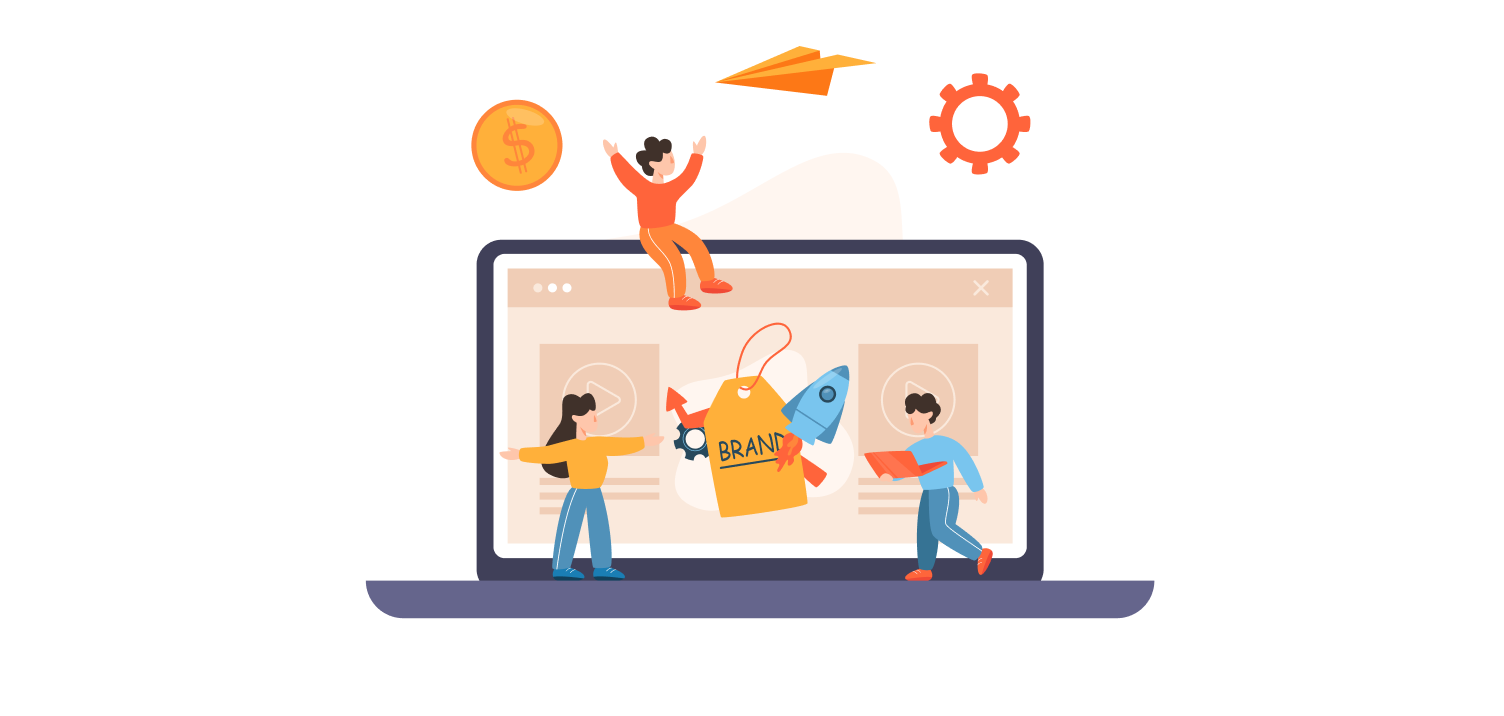
Learning web development will expose your kids to the realm of coding in a fun and age-appropriate. There are numerous benefits to teaching coding to kids.
Let’s explore why it’s super important for your little ones to get their hands on some web development fun:
Boosts Creativity:
Imagine building a digital castle with code! Creating websites allows kids to express themselves through design and content creation. They can experiment with different colors, layouts, and graphics to bring their ideas to life. This creative outlet not only enhances their artistic abilities but also encourages them to think outside the box.
Enhances Problem-Solving:
Web development requires logical thinking and the ability to break down complex problems into smaller, more manageable tasks as they figure out how to build features and fix bugs. It’s like a puzzle, but way cooler. By learning these skills early on, children can apply them not only in coding but also in other areas of their lives.
Prepares for the Future:
The tech industry is one of the fastest-growing sectors in India. Companies are always on the lookout for skilled web developers. By learning web development from a young age, kids are setting themselves up for a variety of lucrative career opportunities with big product companies in the future.
Instills confidence and a sense of accomplishment:
The joy of seeing a website go live is immeasurable and gives kids a sense of accomplishment that is incredibly empowering. Every time they successfully write a piece of code or fix a bug, they’re achieving small victories, which is a massive boost to their self-confidence. This confidence is extremely helpful in boosting their performance in other aspects of their lives. Trust us, it works!
Builds resilience and perseverance:
Coding is often a trial-and-error process where mistakes are inevitable. By embracing these challenges and finding solutions to fix errors or bugs in their code, children develop a growth mindset that fosters resilience and determination. After all, there’s an alternate way to every roadblock!
Web Development Tools and Languages for kids:

Are you ready to kickstart your kid’s transformation journey into the fascinating world of web development? Then let’s get to know your medium of transport, i.e., the main tools and languages for web development that your kid will need to learn.
At its core, web development involves creating and maintaining websites. Websites consist of various components, including HTML, CSS, and JavaScript. Let’s find out what they do:
Introduction to HTML: The skeleton of a website
HTML (HyperText Markup Language) is the backbone of any website. It provides the structure and content of a website by using tags to define different elements such as headings, paragraphs, images, and links.
Introduction to CSS: Making the website look pretty
CSS (Cascading Style Sheets) is what makes your website visually appealing. It’s like the outfit that your HTML wears. Using CSS, developers can control the visual presentation of a website as they define the layout, colors, fonts, and other design aspects through specific instructions.
Introduction to JavaScript: Making the website come alive
Now that the body is ready, developers can infuse life into the websites and make them interactive by programming using JavaScript. JavaScript adds interactivity to websites by enabling dynamic features and elements such as animations, form validation, and interactive games.
Understanding these fundamental concepts sets the stage for kids to start building their own websites. They can learn how to structure their content using HTML tags, style it with CSS properties, and add interactive elements using JavaScript.
We know it seems daunting here. We are here to help ease up the process and make it extremely fun and easy. Want to know how?
Online Resources and Platforms for Young Learners

While it might seem like a lot to take in at once, you must remember that web development has many layers and multiple levels. While kids as young as 7 years old can start web development and coding, age-appropriate learning is primary.
This brings us to our next step: breaking down web development for kids into easy, fun bits with the help of various kid-friendly coding resources and platforms.
Websites that offer interactive lessons:
Nowadays, there are so many helpful websites like HackerKID, CodeWizardsHQ, CodaKid, WhiteHatJr, Udemy, etc. that offer customized, kid-friendly, and age-appropriate interactive coding classes for kids. They employ extremely fun and engaging video tutorials, friendly mentors, and lots of practical learning to help your young ones get immersed in the fascinating world of coding. These classes are available in various formats, such as self-paced online (recorded), live online, one-on-one personalized learning, etc., to ensure the best learning experience for your kids.
Platforms designed specifically for kids:
Before starting conventional coding, you can take advantage of various online gamified coding platforms like HackerKID, Codepen, Scratch, etc. that teach coding to kids according to their age and interest. These platforms utilize simple drag-and-drop, block-based coding games for young kids. As they advance in skill and age, these games involving coding become more intense, fun, and challenging.
Books and offline resources for young coders:
There are numerous physical and offline coding resources available for kids as well. With the new education policy, teaching coding to young kids in schools has been stressed. There are various curriculum books as well as fun coding books for kids. ‘Get Coding’ by Young Rewired State, ‘Javascript for Kids’ by Nick Morgan, ‘Build Your Own Website A Comic Guide’ by Nate Cooper, etc. are some of the best web development coding books for kids. Moreover, you can also enroll your kids in a physical coding class as well as summer camps to further assist their learning.
Fun Starter Projects for Kids
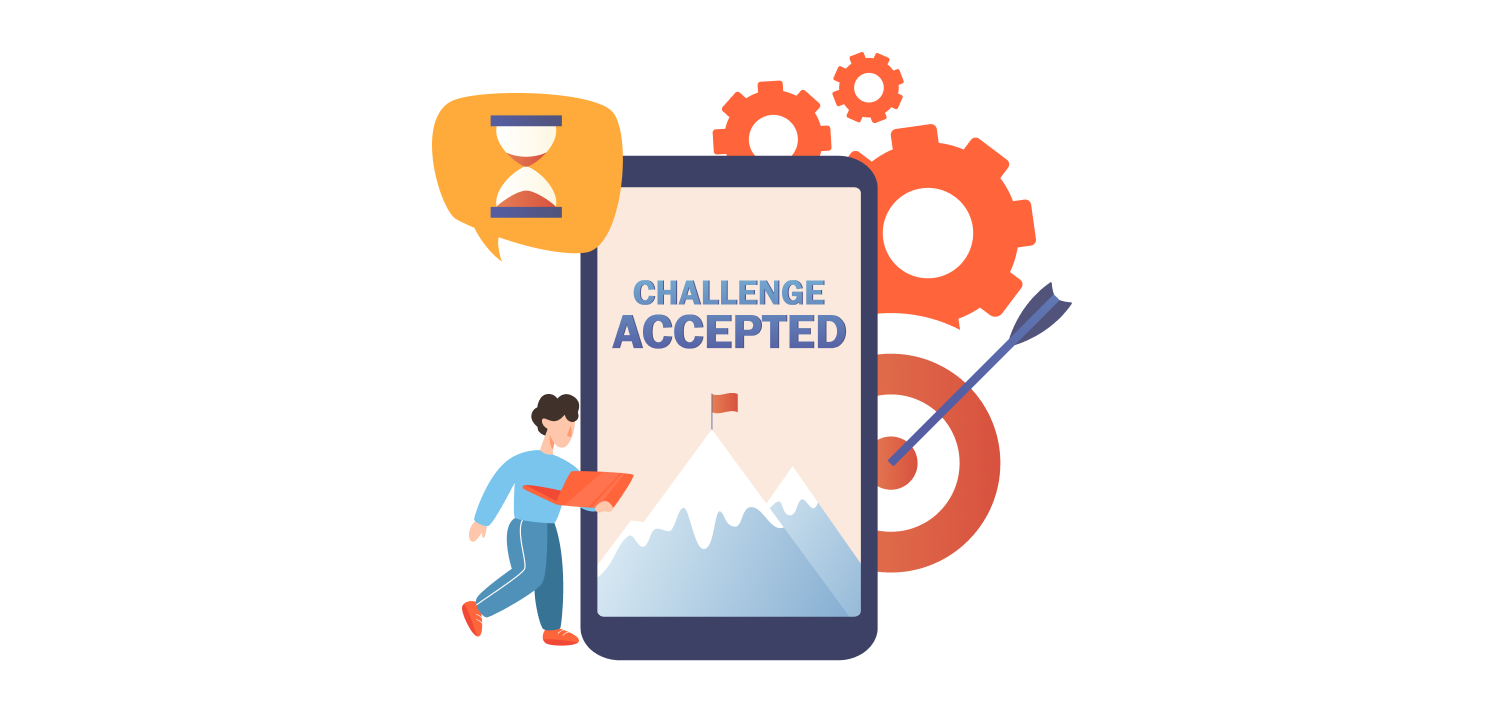
Learning without doing can only be so helpful. Hence, building amazing and fun projects will encourage kids to cement their concepts, build confidence, enable them to network, and above all, have a lot of fun while creating something great from scratch.
Here are some of the few web development projects for kids that are absolutely beginner-friendly and fun:
Creating a personal webpage
One of the best starter projects for kids is creating a personal webpage. It’s a simple project that can provide a lot of satisfaction. They can include information about their hobbies, favorite books, pets, favorite games, or even a blog section where they can write about their interests.
Designing a simple interactive quiz
Another fun web development project for kids is designing an interactive quiz. With this, kids can interact and challenge their friends on their knowledge of Indian history, Bollywood trivia, their favorite games, books, TV shows, or any other topic they’re passionate about.
Building a digital art gallery
Our next fun project for kids learning web development is building a digital art gallery. It can be an extremely rewarding project if your child is into art, visuals, or photography. They can showcase their own artwork in this gallery or feature their favorite artists in different genres. So cool, right?
These are just a few of the many amazing projects that your kid can do. You can search for many other web development projects as per their interests and advancements in skills.
Safety First: Tips for Parents
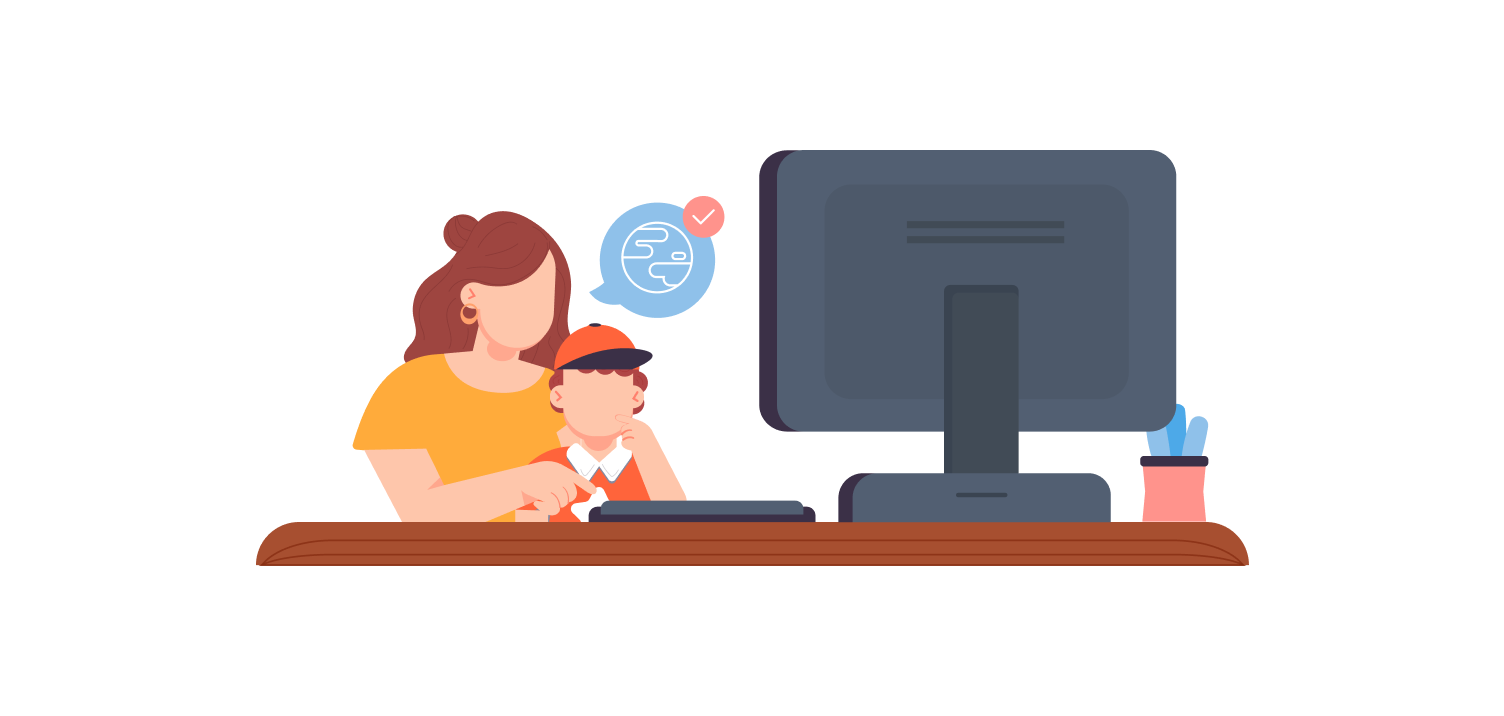
While an early introduction to the core of the digital world using coding is an excellent move as a parent, we have to ensure the safety of our little ones. The Internet is not the safest place for kids. Parental supervision and effective communication are key to ensuring that teaching coding to our kids is a safe and enriching experience for them.
Here are some of the key areas where we should focus to ensure a safe digital experience for our kids:
The importance of online safety:
The internet is a vast space, and not all of it is kid-friendly. It’s crucial for parents to ensure that their kids are visiting appropriate websites and not sharing personal information online. Teaching kids careful online behavior is crucial as well.
Setting boundaries and time limits:
While learning web development is beneficial, it’s also essential to set boundaries. Too much screen time can lead to issues like eye strain and a lack of physical activity. Kids must have a fixed time of digital exposure to avoid any concerns about their mental or physical health.
Encouraging open communication about what they’re learning and doing online:
Excessive digital exposure might affect a kid’s young mind. To protect them, we should encourage open communication about what they’re doing online. It would allow us to identify any potential or existing threat on time and build better trust between us and our kids.
Encouraging Persistence and Curiosity
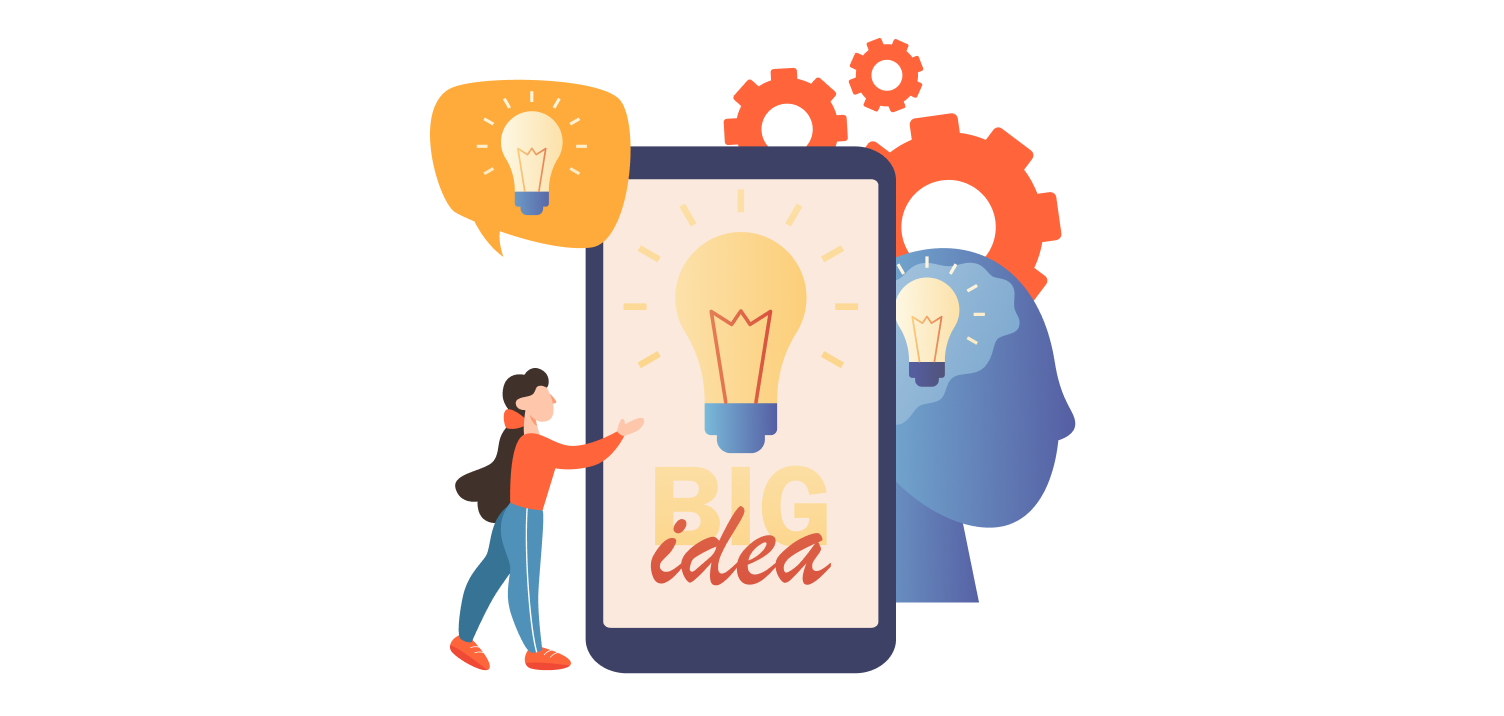
Slow and steady wins the race. Learning with consistency will always be more fruitful. Kids often have a very short attention span, and they tend to move from one thing to another very quickly. Sometimes they start getting bored; other times they may simply lose the willingness to learn. In that case, we can’t really force the kids to keep learning.
That’s where positive encouragement and stimulating activities rescue us. As parents of young kids, we must understand that learning to code can be challenging, but it’s important to encourage a growth mindset. We should mold kids to see challenges as opportunities to learn and grow rather than as setbacks. This will be helpful in developing perseverance and resilience to learn coding, as well as in their day-to-day lives.
Parents can make the learning experience enriching and stimulating for the kids by celebrating their small victories and milestones. Web development is a field where small victories can be incredibly rewarding. Celebrate these milestones, whether it’s writing their first line of code or successfully debugging a program. This will give a much-needed boost to your kid’s confidence and their ability to push their limits.
Any journey, when made alone, can become monotonous. You can keep your kid’s web development journey interesting by enrolling them in various coding clubs or communities, either online or in physical mode. There are several coding clubs and groups where kids can collaborate on projects. Such clubs and communities can be a great way to get hands-on experience and make new friends who share their interests.
Learning tech has never been this fun!
Say goodbye to dull quizzes and hello to Buzzer, the ultimate computer science and technology MCQ game for kids! Pick your favorite topic, hit the buzzer, and tackle exciting gamified questions. Whether you’re playing for fun or competing, every round is an adventure. Think fast, answer smart, and climb the leaderboard. Play Buzzer now!
Conclusion
Web development is a valuable skill that can benefit kids in numerous ways, from enhancing their creativity to setting them up for future career success. It’s a skill with wide horizons and ever-increasing possibilities for young coders. There’s always something new to learn, and the possibilities are endless.
Parents like you play a crucial role in their child’s coding journey. Your support can make all the difference in how far they go. Get involved in their coding journey, sit with them, encourage them and help them in all the key processes so that your child never feels stuck or alone in this awesome journey.
Now that you know how to introduce web development to your kids, start right away. If you need any assistance, HackerKID’s gamified platform for kids and exclusive one-on-one classes are just the right places to start teaching web development to your kids from a young age.
HackerKID is India’s No. 1 gamified learning platform for kids, which offers a fun and interactive learning environment for your little one to start their coding journey. If you want to help your child ace web development, HackerKID is one of the best websites to teach web development to kids. Check it out now!
FAQs
What is web development for kids?
Web development for kids is a stimulating and fun set of activities that teach kids the ability to build functional websites or web pages from a young age. They will learn to design the outer layout, code the backend, add content, and make responsive web elements through HTML, CSS and JavaScript as they advance further.
Is web development hard for kids?
Web development is not hard for kids. Infact, it’s as good as learning another language. With the right resources and age-appropriate guidance, it’s an extremely fun and rewarding experience.
What age is appropriate for learning web development?
Kids aged 7 or 8 years old can start learning web development basics through block-based coding or gamified learning.
Is learning web development for kids expensive?
Absolutely not! Learning web development for kids can be very affordable, as many online platforms offer free courses and open-source tools are available for practice. Moreover, there are many free online resources, YouTube videos, and coding communities that teach coding and web development for free.
How much time should kids spend on coding?
Kids can start by putting in a couple of hours at the beginning. They can further increase or decrease the time as per their routine and other activities. Remember, moderation is key. More than a couple of hours of digital exposure is not recommended for kids.







